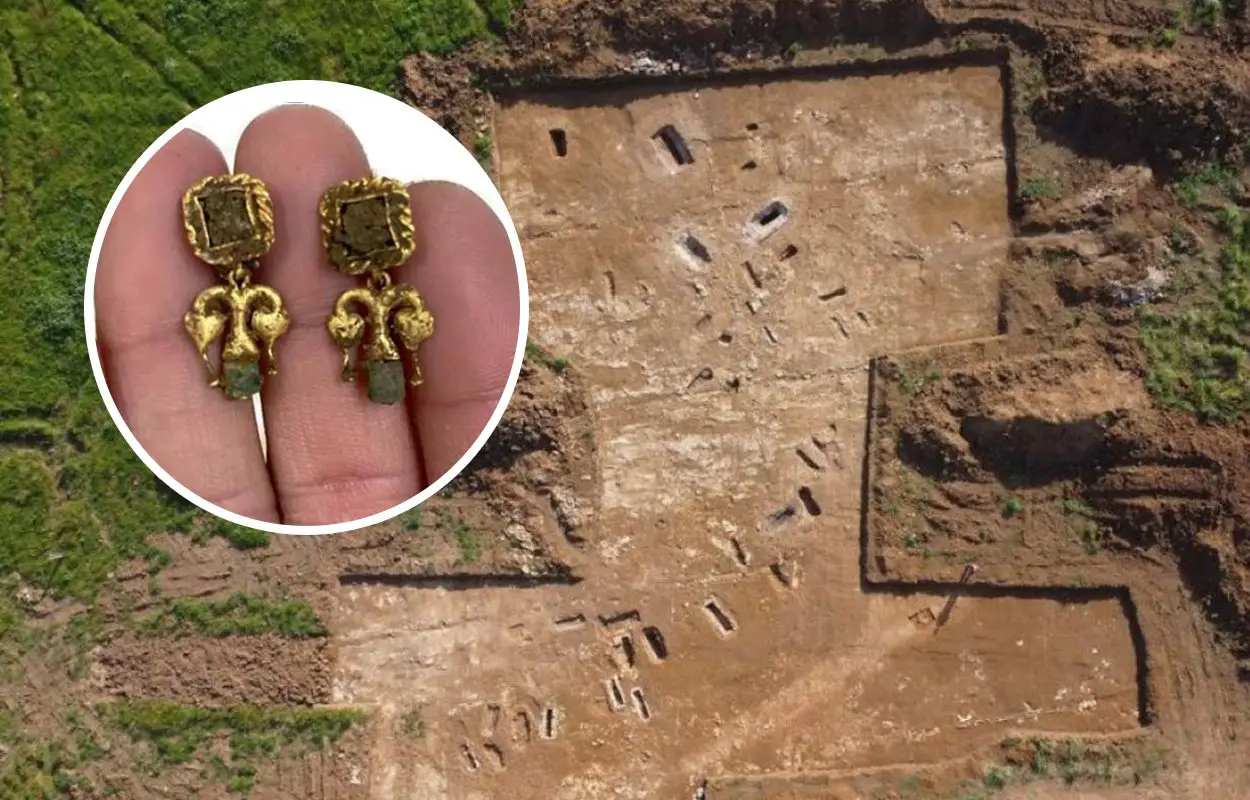Archaeologists excavating a necropolis in ancient Taquinia have uncovered Roman elite burials.
Tarquinia was an Etruscan (Tarchuna) and Roman (Tarquinii) city, located in the province of Viterbo, Central Italy. During the Roman period, the municipium became an important trading centre for the export of wine and coral throughout the Roman Republic, later gaining the status of a colonia.
Recent excavations have uncovered over 67 skeletons that date from the 2nd to 4th centuries AD within a Roman necropolis.
According to the archaeologists, the necropolis was designated for the interment of Roman elite, evidenced by the discovery of numerous high status funerary goods. Most of the graves appear to be for shared burials, likely intended for multiple family members, with several skeletons found interred together.
Many of the skeletal remains are adorned with gold jewellery and sophisticated leather footwear, while their tombs are decorated to emulate the architectural styles of residential dwellings.
Archaeologists speculate that the tomb occupants intended to replicate their homes in their final resting places. This is indicated by the luxurious adornments and interior linings within the tombs, some of which featured intricate fabric coverings.
Excavations also uncovered silver rings decorated with amber and engraved initials, amulets encrusted with precious stones, an array of terracotta pottery, various Roman coins, polished glass objects, and even preserved textiles.
According to Emanuele Giannini, an archaeologist from Eos Arc, the skeletal remains show no indications of physical labour or stress, further suggesting that they were prosperous Roman families from affluent urban areas.
The excellent preservation of these archaeological discoveries is attributed to the presence of substantial limestone rocks protruding from the ground, rendering the area unsuitable for agricultural purposes. “It remained undisturbed for centuries,” remarked Emanuele Giannini.
Header Image Credit : Soprintendenza Archeologia Belle Arti Paesaggio Etruria Meridionale





